
Indoor Air Handling Units: Enhancing Air Quality and Comfort
- By:hqt
- 2023-10-13
- 29
An Indoor Air Handling Unit, commonly known as an AHU, is a mechanical apparatus integral to HVAC systems, designed to control and refine the quality of air within a building. Its principal role involves the intake of outdoor air and subjecting it to a sequence of treatments, ultimately adjusting it to align with the specified indoor parameters of temperature, humidity, and air purity.
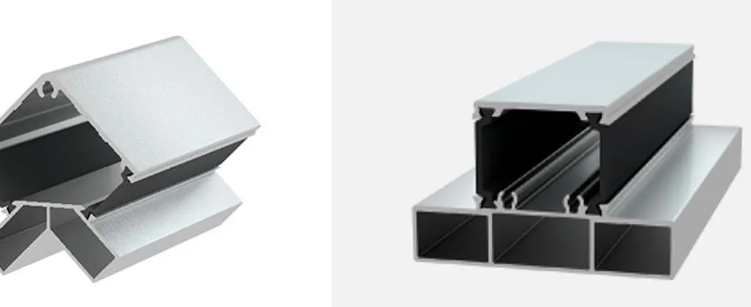
Typically situated within the building or dedicated mechanical chambers, AHUs are interlinked with a network of ductwork responsible for disbursing the conditioned air to different areas within the structure.
Components of AHUs and Their Functions
Fans: Circulating the Air
Fans within an Indoor Air Handling Unit are responsible for drawing in outdoor air and recirculating indoor air. They create the necessary airflow for the HVAC system, ensuring a constant exchange of air throughout the building. Fans play a crucial role in maintaining air movement and distribution.
Filters: Removing Particles and Contaminants
Filters are essential for improving indoor air quality by capturing dust, pollen, allergens, and other airborne particles. They prevent these contaminants from entering the occupied spaces, thus promoting cleaner and healthier indoor air.
Coils: Heating and Cooling Air
Coils, which include both heating and cooling coils, are integral to the temperature control process. Heating coils warm the air when needed while cooling coils remove heat to lower the temperature. These components help achieve the desired indoor climate.
Dampers: Regulating Airflow
Dampers are movable plates or louvers that control the flow of air within the AHU and through the ductwork. By adjusting damper positions, airflow can be directed to different zones, allowing for precise control of temperature and air distribution.
Humidifiers/Dehumidifiers: Controlling Humidity Levels
Humidifiers add moisture to the air, increasing indoor humidity when necessary to maintain comfort and prevent issues like dryness and static electricity. Dehumidifiers remove excess moisture from the air to prevent mold growth, condensation, and discomfort due to high humidity levels.
Mixing Boxes: Blending Fresh and Return Air
Mixing boxes are used to combine outdoor (fresh) air and return air from the building. They ensure that the air supplied to the building is a balanced blend of fresh and recirculated air, which is essential for maintaining indoor air quality and achieving energy efficiency.
The Value of Superior Indoor Air Quality (IAQ)
Health Benefits - Counteracting Allergens, Contaminants, and Microbes
Elevating IAQ is crucial for ensuring the well-being of individuals inside a building. It serves as an effective strategy to minimize harmful substances like pollen, dust mites, and animal fur, along with detrimental pollutants such as VOCs and particulate matter. By reducing exposure to these harmful agents, we can prevent respiratory conditions, allergies, and other health challenges. Moreover, it also decreases the potential spread of airborne microbes like viruses and bacteria, a factor especially important in healthcare settings or during disease epidemics.
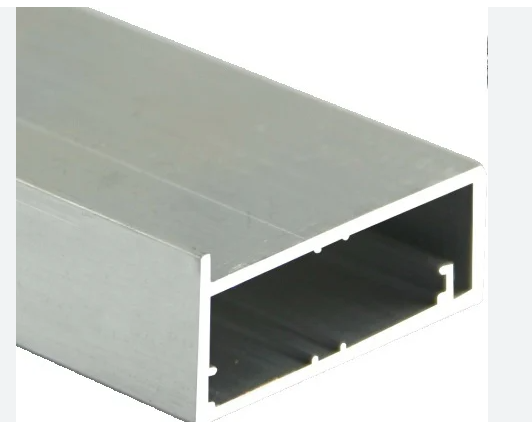
Comfort - Maintaining Ideal Temperature and Moisture Balance
Elevating IAQ also means careful control of temperature and humidity. Creating the right indoor climate ensures year-round occupant comfort. By managing air quality and conditioning, we lessen the chances of issues caused by extreme temperature fluctuations or overly dry or moist environments, creating a more pleasant and productive indoor space.
Energy Efficiency - Smart Air Management for Energy Conservation
Superior IAQ isn't solely about air cleanliness; it's also linked to energy efficiency. Efficient IAQ systems, which consist of vital HVAC parts like AHUs, filters, and dampers, can enhance airflow and thermal regulation. This, in turn, can result in significant energy savings by reducing HVAC system strain and decreasing energy usage. The end benefits are lower operational expenses and a reduced environmental impact.
Building Material Durability - Preventing Mold, Mildew, and Early Deterioration
A superior IAQ approach effectively reduces the chances of mold and mildew formation within a structure. These issues don't only compromise air quality but can also harm a building's structural stability and the durability of its components. By proactively managing these concerns, enhanced IAQ ensures the building remains robust and prolongs the durability of its materials and machinery.
Determinants of Indoor Air Quality (IAQ)
External Air Contaminants and Allergens
The outdoor environment contributes to the quality of indoor air. Pollutants and allergens from the outside, such as pollen, vehicular emissions, and industrial pollutants, can infiltrate buildings, impacting the air residents breathe.
Indoor Activities and Behaviors
Actions taken inside the premises, such as smoking, cooking, and cleaning, can significantly influence air quality. For example, smoking releases harmful chemicals, while cooking, especially without proper ventilation, can introduce particulates and odors. Cleaning products, if not chosen wisely, can emit harmful chemicals and VOCs.
Building Materials and Decor
The materials used to construct a building and its interiors can release substances into the indoor environment. For instance, certain paints, adhesives, and pressed wood products can emit VOCs. Similarly, some furnishings can release particles or gases that might be harmful or allergenic.
Human Presence and Activities
The mere presence of individuals and their activities can impact IAQ. People release carbon dioxide when breathing, and activities like exercising can increase humidity levels. Additionally, activities such as using personal care products or even shedding skin cells can introduce contaminants.
CONCLUSION
From filtering out pollutants and allergens to regulating temperature and humidity, the Indoor Air Handling Unit serves as the frontline defense in maintaining optimal indoor air quality (IAQ). They have a direct impact on our health, well-being, and overall comfort. A building, irrespective of its architectural splendor, is only as good as the quality of its air, and in this regard, AHUs prove indispensable.
Moreover, as we've highlighted, IAQ isn't just about health. It's also about comfort and productivity. Properly calibrated and maintained AHUs ensure that indoor environments are neither too humid nor too dry, neither too cold nor too hot. This balance not only ensures occupant comfort but also fosters environments conducive to focus, productivity, and relaxation.
In conclusion, while many factors influence indoor air quality and comfort, Indoor Air Handling Units stand out as one of the most crucial. Investing in, maintaining, and optimizing these systems should be a priority for anyone seeking to ensure a safe, healthy, and comfortable indoor space. As our understanding of the intricacies of indoor air quality grows, so too will our appreciation for the critical role played by AHUs in shaping our indoor experiences.
-
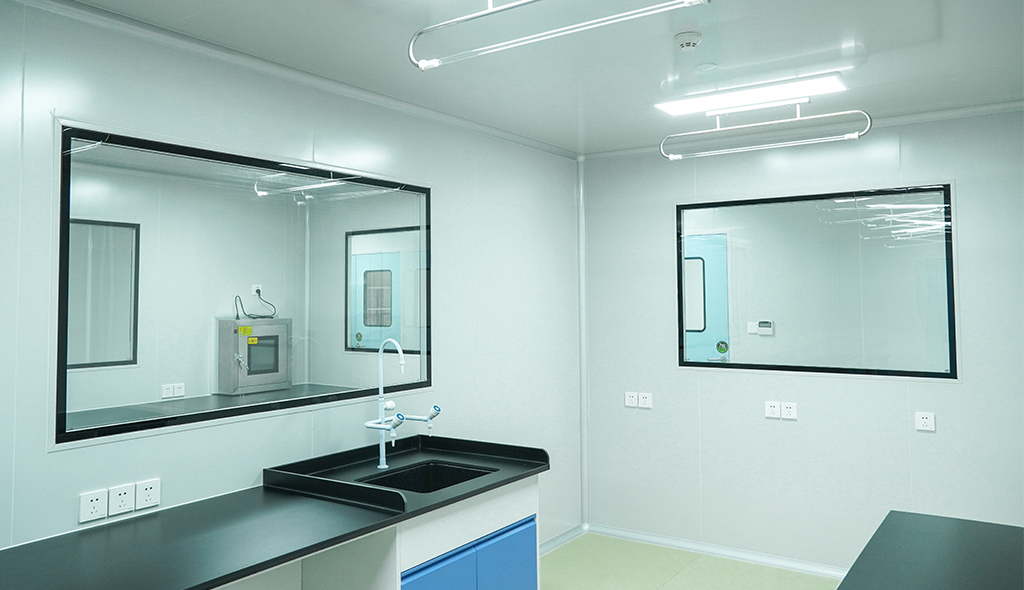 Cleanroom Glass Windows Are The Key to Maintaining a Clean Environment
Cleanroom Glass Windows Are The Key to Maintaining a Clean Environment -
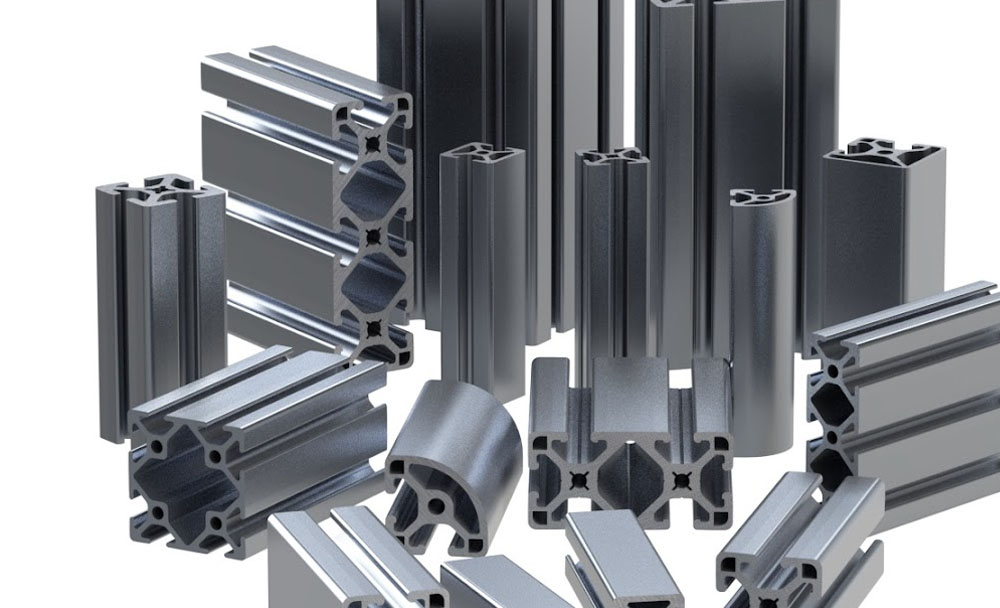 Top Aluminium Profile Manufacturers in China: Leading the Global Market
Top Aluminium Profile Manufacturers in China: Leading the Global Market -
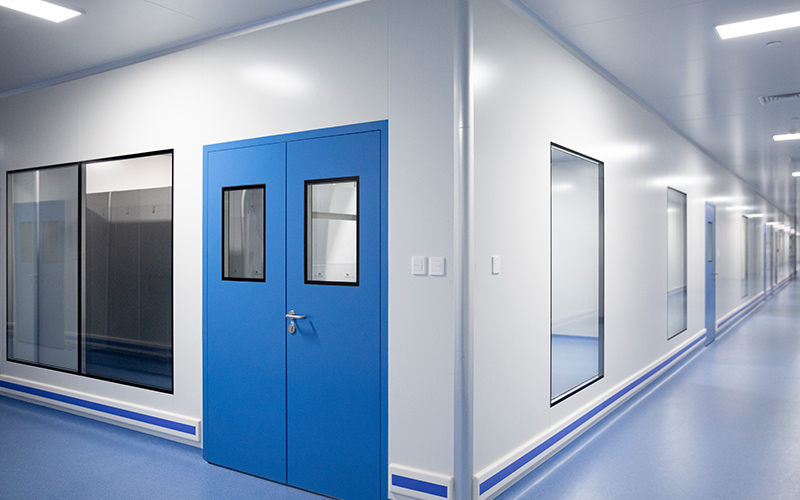 The Evolution of Air Tight Sliding Doors
The Evolution of Air Tight Sliding Doors -
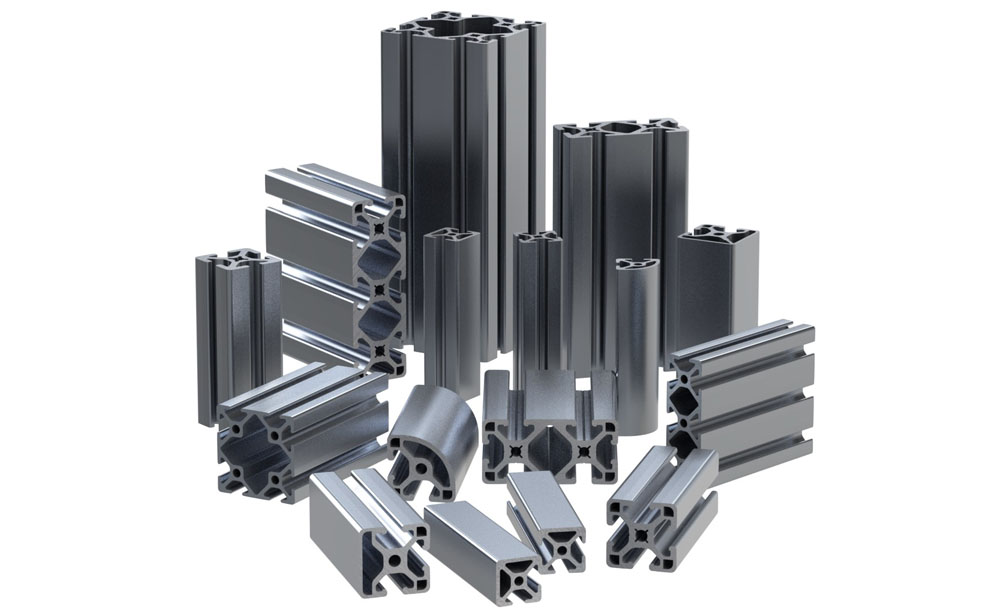 AHU Aluminium Profile: A Comprehensive Guide
AHU Aluminium Profile: A Comprehensive Guide -
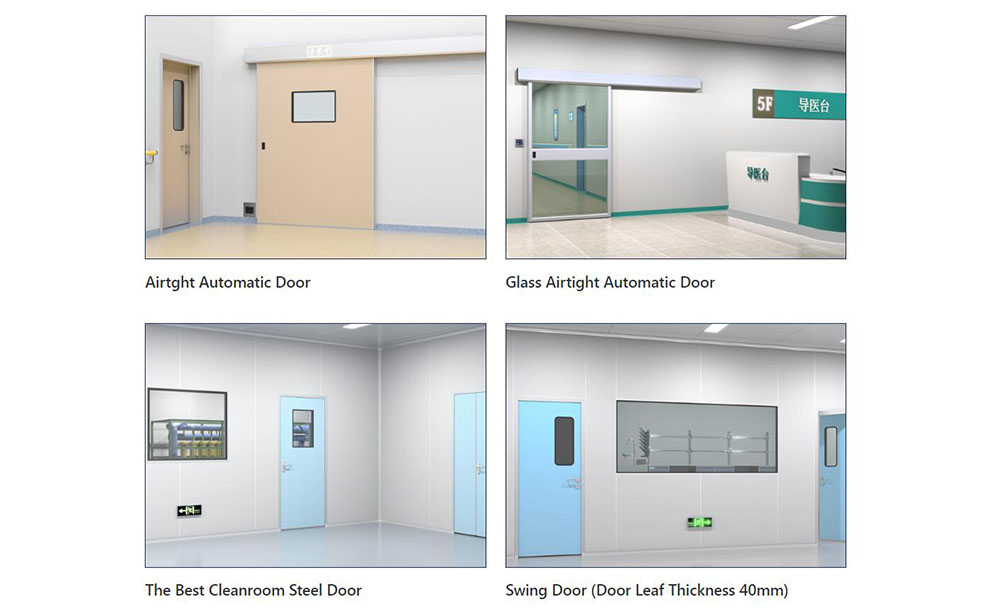 The Importance of Choosing the Right Cleanroom Door in Vietnam
The Importance of Choosing the Right Cleanroom Door in Vietnam -
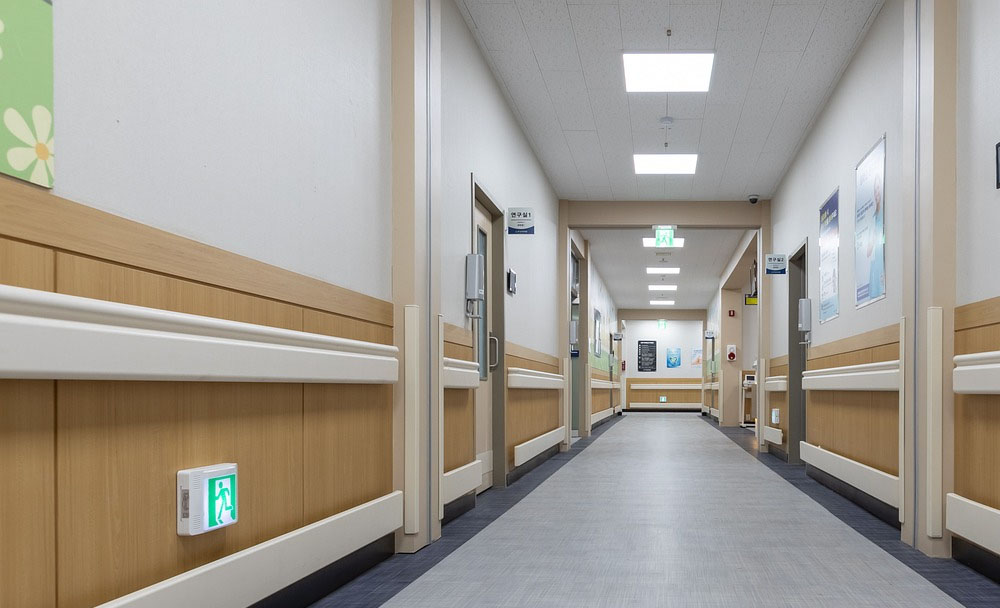 The Benefits of Hospital Automatic Doors: Enhancing Efficiency and Safety
The Benefits of Hospital Automatic Doors: Enhancing Efficiency and Safety -
.jpg) The Best Bathroom Door Manufacturers - Unlocking Endless Possibilities!
The Best Bathroom Door Manufacturers - Unlocking Endless Possibilities! -
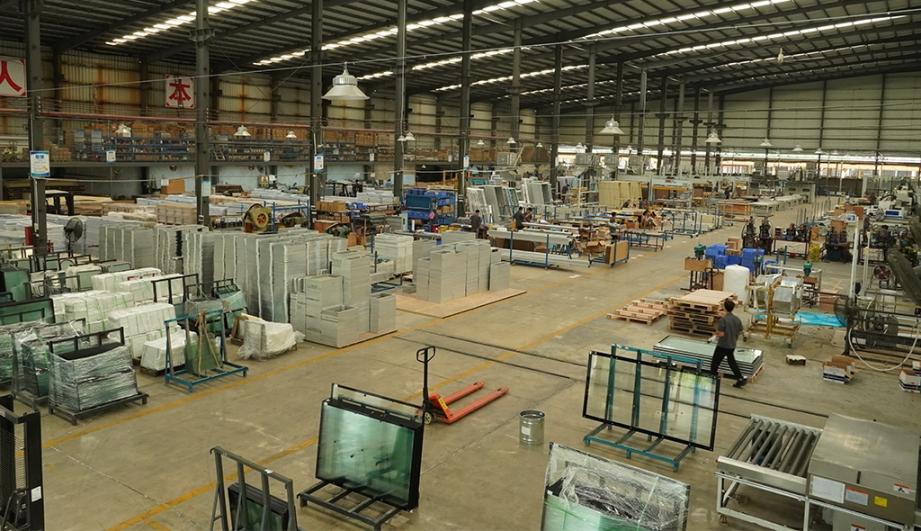 Unlock the Possibilities with AJ Manufacturing Doors
Unlock the Possibilities with AJ Manufacturing Doors -
 Make a Statement with Manufactured Home Interior Doors!
Make a Statement with Manufactured Home Interior Doors! -
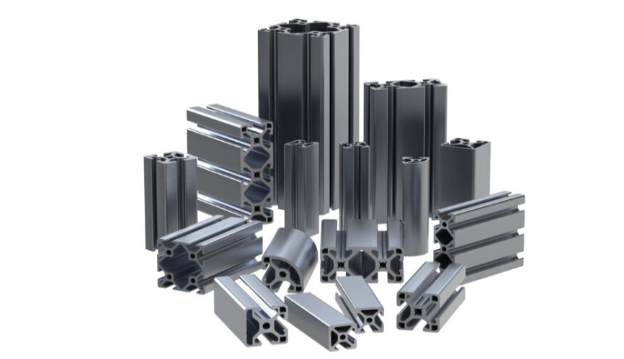 what is aluminum profile? Aluminum Profiles for Your Home is the best option
what is aluminum profile? Aluminum Profiles for Your Home is the best option
-
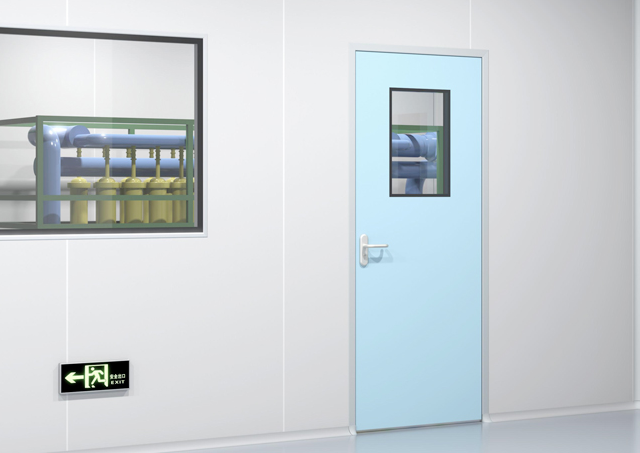 Next-Gen Medical Cleanroom Access: Introducing the Cleanroom Steel Door Solution
Next-Gen Medical Cleanroom Access: Introducing the Cleanroom Steel Door Solution -
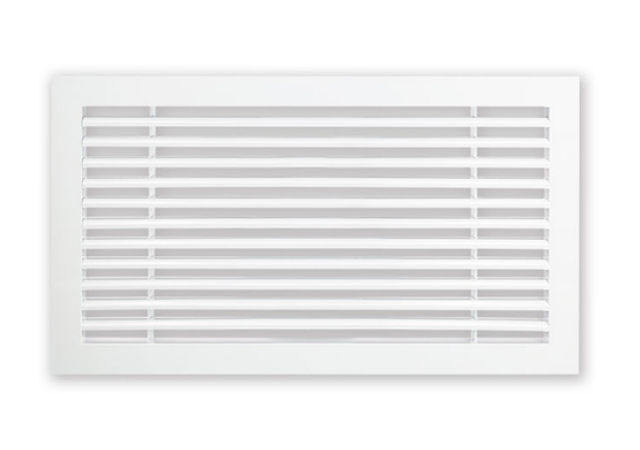 Linear Bar Grille Air Conditioning Diffuser with 0° Angle Blades for Perfect Airflow
Linear Bar Grille Air Conditioning Diffuser with 0° Angle Blades for Perfect Airflow -
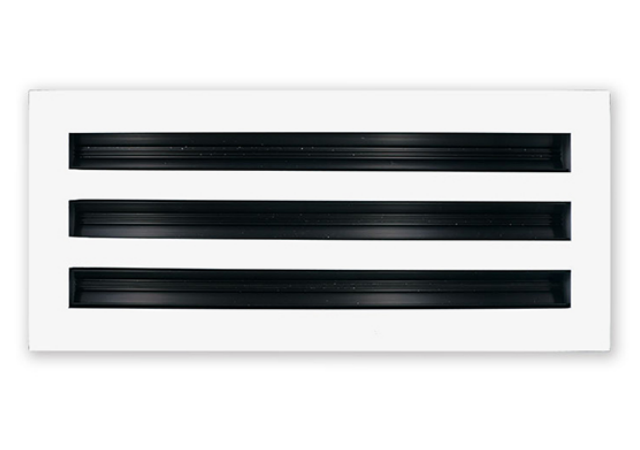 The Sleek and Efficient Linear Slot Diffuser for Air Vent
The Sleek and Efficient Linear Slot Diffuser for Air Vent -
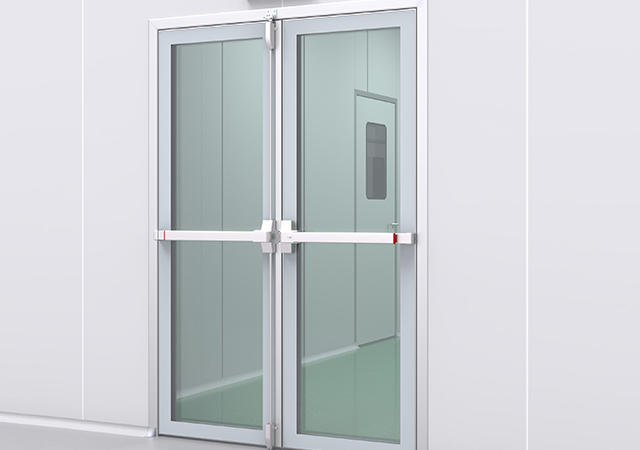 Double-Swing Glass Doors - Modern Laboratory Cleanroom Doors
Double-Swing Glass Doors - Modern Laboratory Cleanroom Doors -
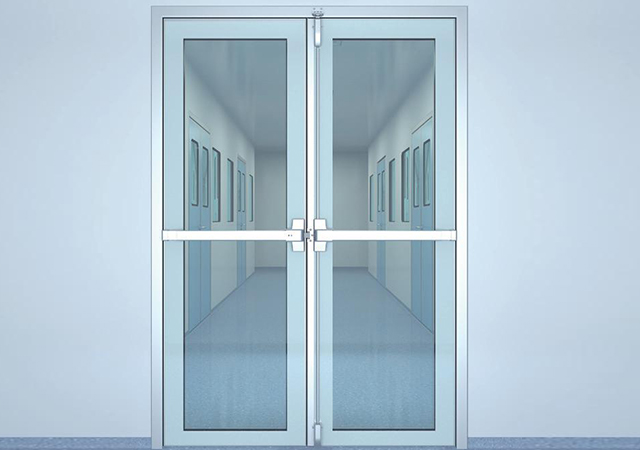 Superior Aluminium Glass Swing Door - Pharmaceutical Cleanroom Door
Superior Aluminium Glass Swing Door - Pharmaceutical Cleanroom Door -
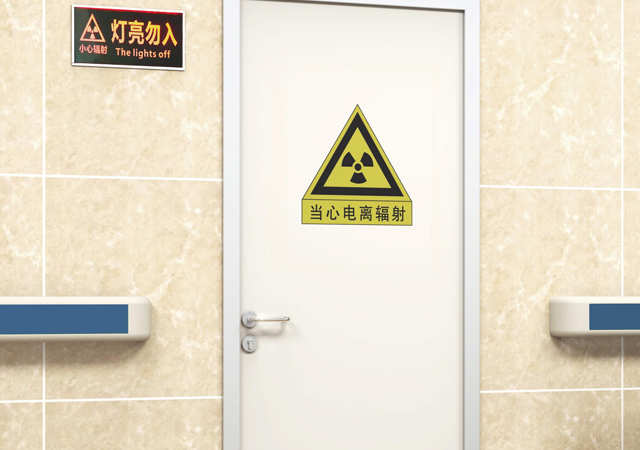 E-ZONG Leads the Way in China's Medical Lead Protection Doors: Innovation for Safety and Efficiency
E-ZONG Leads the Way in China's Medical Lead Protection Doors: Innovation for Safety and Efficiency -
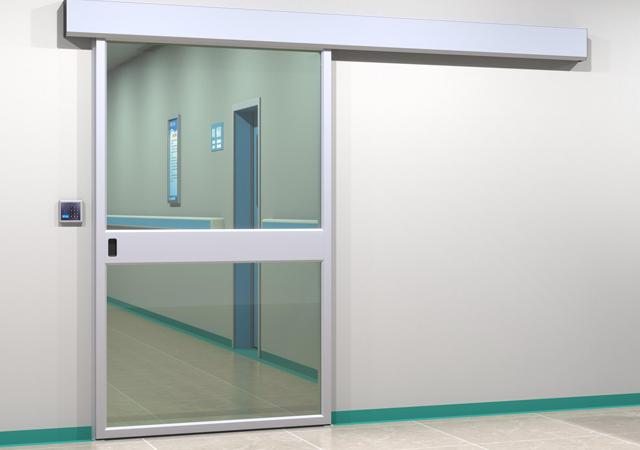 E-ZONG: Leading the Suppliers of Glass Airtight Automatic Doors for Safer, Cleaner Spaces
E-ZONG: Leading the Suppliers of Glass Airtight Automatic Doors for Safer, Cleaner Spaces -
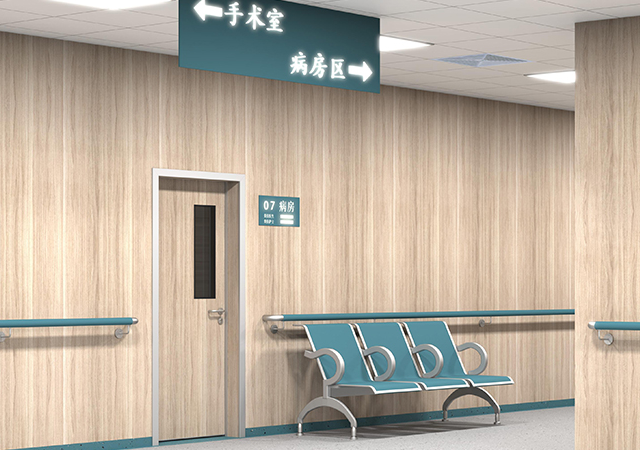 How Wall Air-Tight Swing Doors Ensure Clean Environments With Secure & Silent
How Wall Air-Tight Swing Doors Ensure Clean Environments With Secure & Silent -
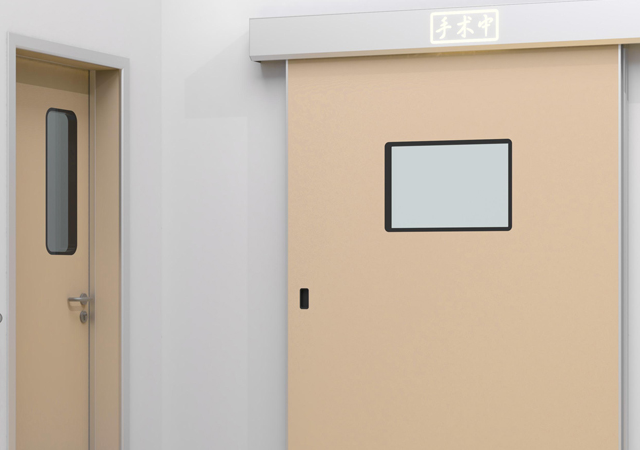 Seamless Automatic Cleanroom Sliding Doors: Smooth, Safe, and Hygienic Solutions
Seamless Automatic Cleanroom Sliding Doors: Smooth, Safe, and Hygienic Solutions -
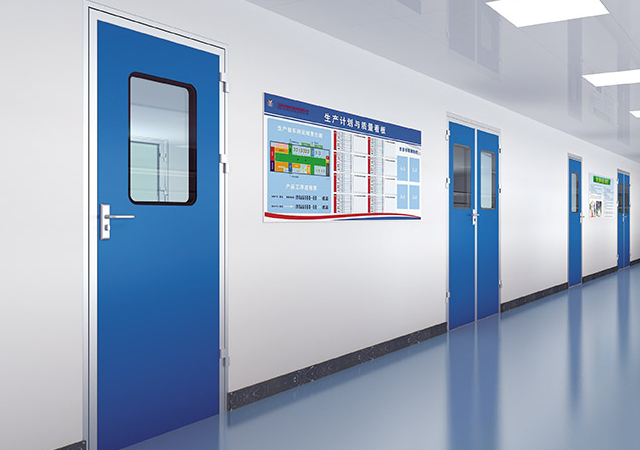 Elegant & Durable: Premium Swing Door Protection for Hospitals
Elegant & Durable: Premium Swing Door Protection for Hospitals

Guangzhou Yizhong Aluminum Industry Co., Ltd.
We are always providing our customers with reliable products and considerate services.
We are always providing our customers with reliable products and considerate services.
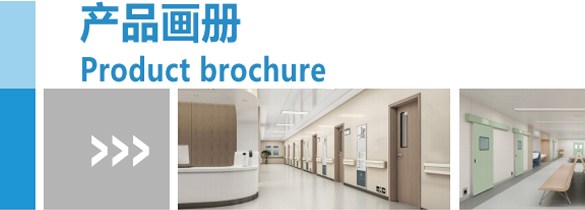









Speak Your Mind